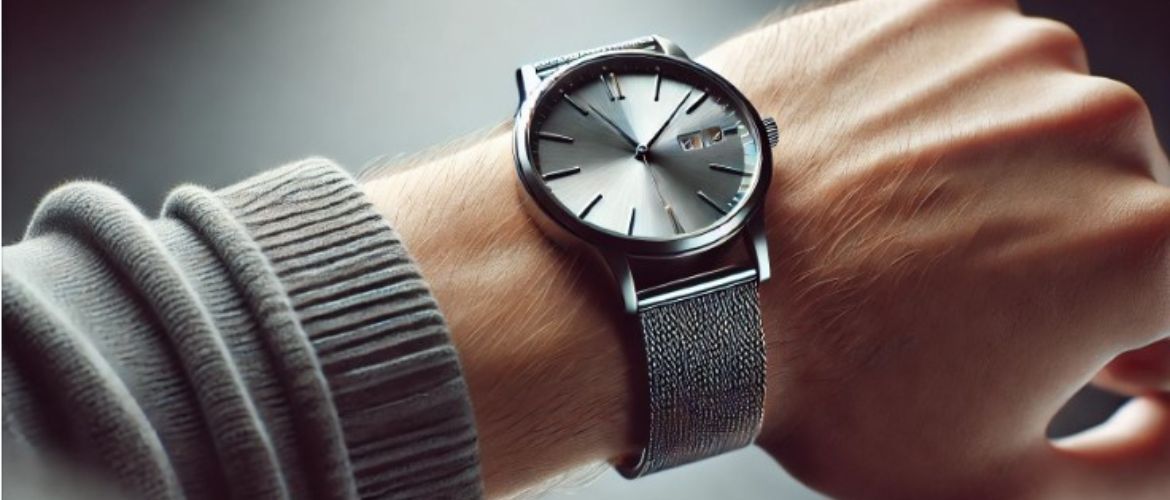Traditionally, people wear watches on their left wrist. This is because most people are right-handed, and it is more convenient to wear a watch on the non-dominant hand—it reduces the risk of damage and makes it easier to wind or adjust. However, there is no strict rule—left-handed individuals often wear watches on their right wrist.
The History of Wristwatches
Until the late 19th century, watches were primarily pocket watches, mostly worn by men. The first wristwatches appeared as a fashion accessory for women, often worn as bracelets. A major breakthrough came in the early 20th century when military officers started using wristwatches for convenience in battle. One of the pioneers in popularizing wristwatches was Brazilian aviator Alberto Santos-Dumont, for whom Louis Cartier designed a wristwatch in 1904. During World War I, wristwatches became essential for soldiers, and later, they became a part of everyday life.
Rare and Interesting Facts About Wristwatches
- Why are watches worn on the left wrist? This tradition dates back to when watches had to be wound manually. The winding crown was placed on the right side, making it easier for right-handed people.
- The most expensive wristwatch ever sold was the Patek Philippe Grandmaster Chime, auctioned for $31 million in 2019.
- Watches can last for decades—the oldest wristwatches discovered by archaeologists date back to the late 19th century and can still function with proper maintenance.
- In the Soviet Union, it was common to wear watches on the right wrist—some Soviet models had the winding crown on the left side, making it more convenient for right-handed users.
- Astronauts wear watches on both wrists to track time on Earth and the space station simultaneously.
Although watches are commonly worn on the left wrist, it is not a rigid rule—the priority is comfort. Wristwatches began as a women’s accessory, later adopted by the military, and eventually became an essential part of business and daily life. Today, a watch is not just a timekeeping device but also a stylish and prestigious accessory.







Only registered users can leave comments